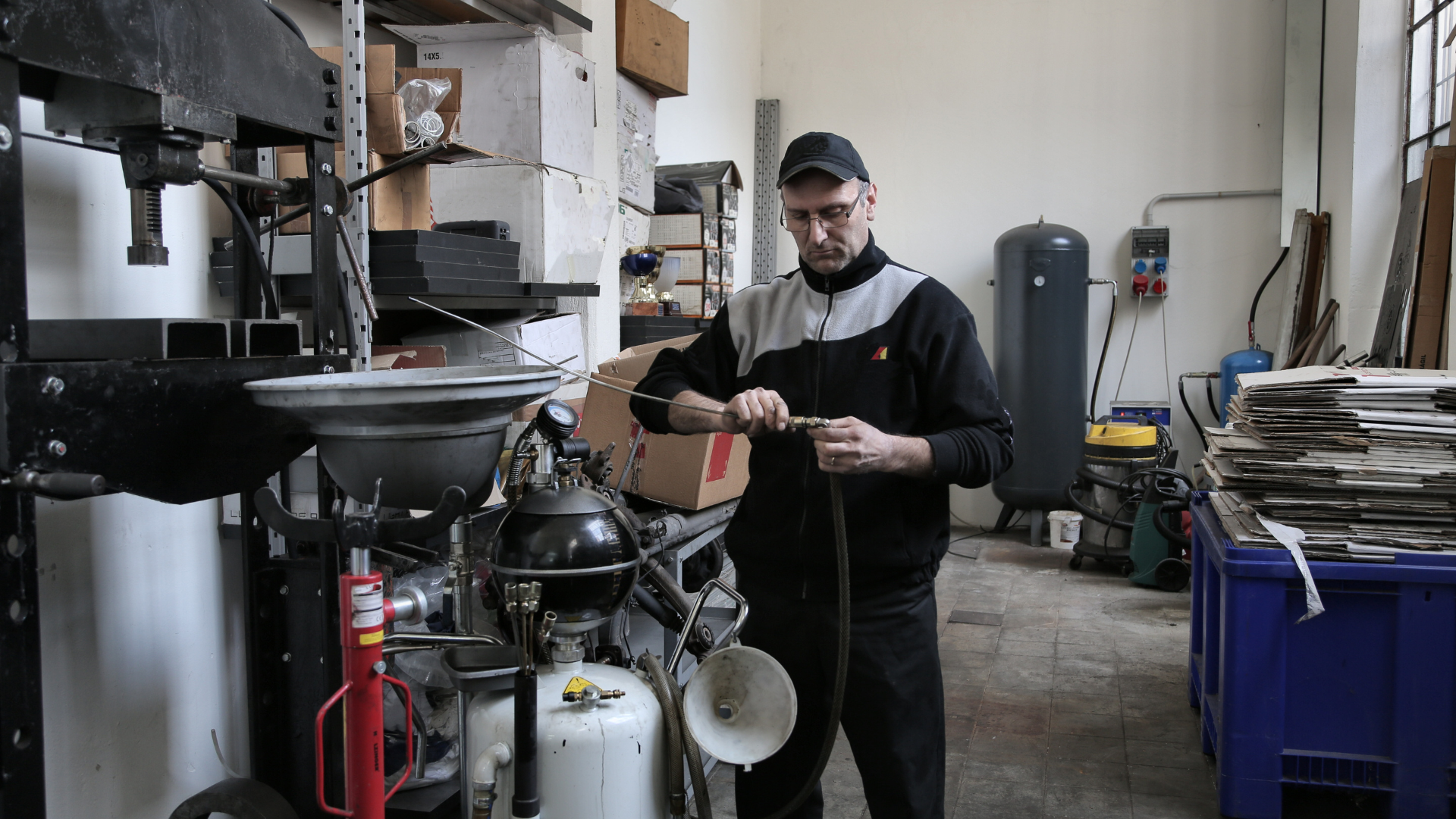So, we’ve talked about Capacity in relation to those people who have a ‘job’. When it comes to the ‘Self-Employed’, whether you’re a sole trader or you operate your business as a partnership, a company or a trust, it’s a whole other ball game.
When you’re employed by someone else, that someone else is responsible for paying you. When you work for yourself, you’re in charge of creating the income that pays you.
Levels of risk and the level of risk also apply to the self-employed, however these days there’s a few different ways of showing a lender that you actually do have an income and the sort of documents you use to show this is reflected in the costs of getting into and maintaining the loan along with it’s interest rate.
Best Case Scenario
- Your Australian Business Number (ABN) has been registered for at least 2 whole years (24 months) PLUS
- You’ve got up-to-date Tax Returns for yourself and your business. AND
- The tax returns reflect a good net profit in your business before tax and good wages/salary for yourself.
If you meet the above 3 criteria, you’re most likely to be in the least risk category for a lender depending on your Credit File and Score and the other factors lenders take into consideration.
If you meet the above 3 criteria, you’re most likely to be in the least risk category for a lender depending on your Credit File and Score and the other factors lenders take into consideration.
If you have property, with enough equity and can secure that loan against that property, that’s even better.
Next Best Scenario
You’re ATO returns are either not up to date, or lodged and not showing great net profit, BUT you’re registered for BAS and show good income through those returns and /or you can produce bank statements which show a good income to debt ratio i.e. more money coming in than going out AND there’s enough money coming in to service the money you’re wanting to lend without undue hardship.
Again, if you have property with enough equity and can secure that loan against that property, that’s even better.
Worst Case Scenario
There are private lenders who lend privately to business owners with an ABN, who have property to secure the loan against so long as the purpose of the funds borrowed is for the business or property development.
These are called No-Document loans. The Loan to Value Ratio on these loans is low, the costs to get started are high and so is the interest rate.
When considering this type of loan as an option, you need to be very aware of the Return On Investment (ROI) to make sure that you’re going to end up with a profit for the project.
Bottom-Line
Is the same for Self-Employed as for those with Jobs, you need to be able to show regular income to show your capacity to meet the repayments of the loan you’re applying for.
Lenders also consider what percentage of your income will be spent on repaying the loan and any the other debts you and your business has, along with the other costs associated with running your business and living your life.
You can’t borrow so much money, that all your income is dedicated to repaying debts and costs and there’s no money left to live on.
If you’ve decided on a Tax minimization strategy with your accountant then in all likelihood you’re going to fall into either the Next Best – Worst Case Scenario categories.
So when you have your next tax planning session with your accountant, make sure you discuss any plans you have for lending money in the next 2-5 years, so you’re in the best possible place to ‘Buy’ your money in the least expensive category or the next best case at worst.
Summary
As you can see, there’s a lot to think about BEFORE you make your application to a lender for money ESPECIALLY if you’re self-employed.
If you’re looking for money and need a hand to work out where and how to apply, then make a time to chat with Leanne at: Make a Time to Chat

